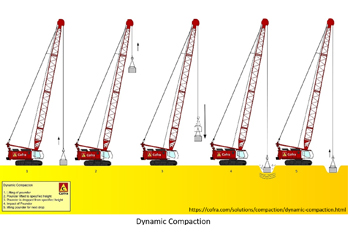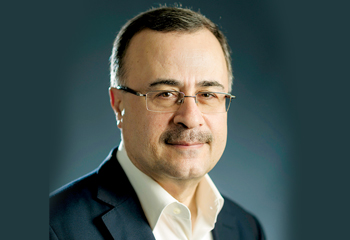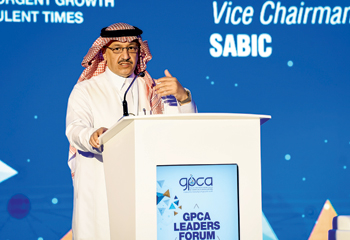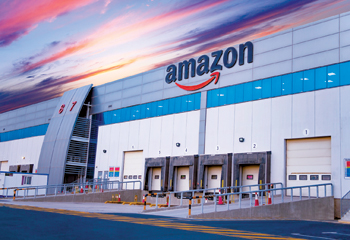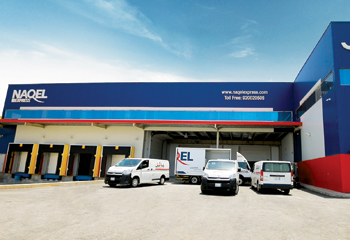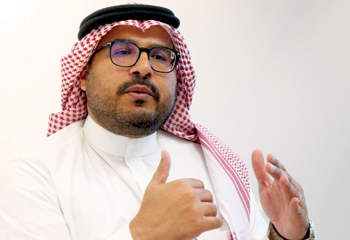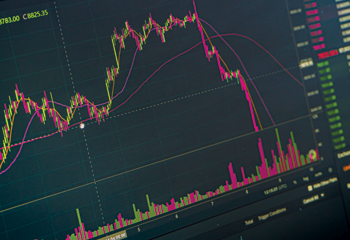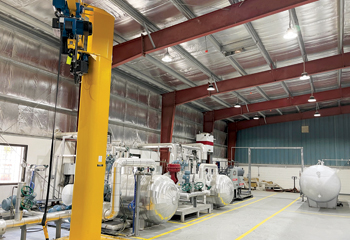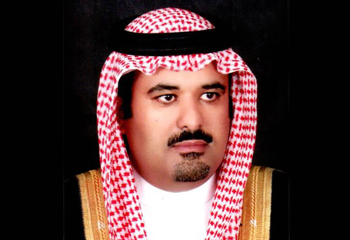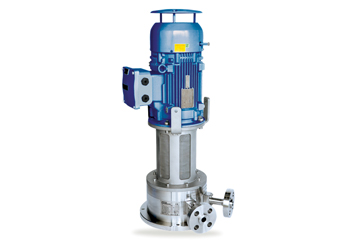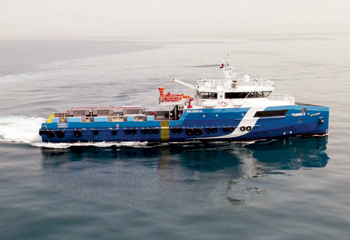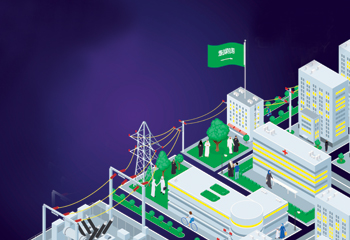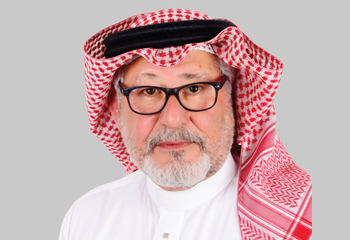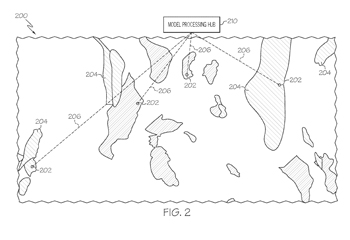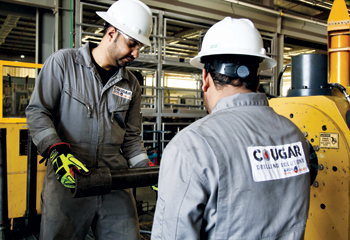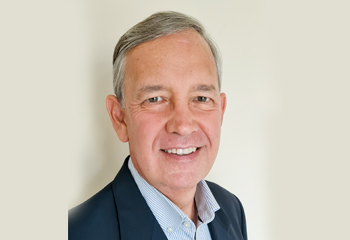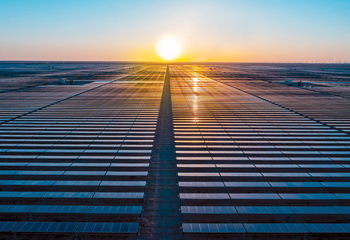
 Hydrogen will have big role in future energy
Hydrogen will have big role in future energy
With green hydrogen projects in the Middle East expected to reach $700 billion by 2050, the report by ADL has found several areas requiring attention as countries and parties concerned drive their respective sustainability agendas
Green hydrogen (H2) has become a key agenda topic for policymakers and industrial players, driven by global decarbonisation efforts and the commercial opportunities that could follow.
Although ambitious targets are now being pursued through related projects, the possibilities that accompany the green H2 economy depend on several conditions across policy, supply, infrastructure, and demand.
 |
Ghanem ... clean energy focus |
A report, entitled ‘Paving the way for green hydrogen: Key considerations for green H2 deployment’ by Arthur D Little (ADL), the leading management consultancy firm with the longest-standing presence in the Middle East region, expounds this viewpoint.
The report examines the role green H2 will have in the future, elaborating on promising use cases and the next steps needed for successful deployment.
"Decarbonisation has been raised again on top of world’s agenda and countries are actively seeking to lower emissions and transition to clean energy sources," explains Carlo Stella, Partner at ADL Middle East.
"The 2015 Paris Agreement has instigated widespread action, with leaderships encouraging technology-backed decarbonisation in the years since. Green Hydrogen has been identified as a key technology to bridge decarbonisation ambitions, if the basic conditions and some pressing requirements are met in the short term."
Many governments in the Middle East, especially Saudi Arabia and the UAE, are currently exploring opportunities that can be exploited in this field, as green hydrogen helps reduce economic dependence on hydrocarbons and contributes to economic development and diversification of energy supply.
Furthermore, foreign policy and bilateral agreements are also reinforcing the green H2 economy’s importance.
 |
Stell ... clean energy focus |
Already in 2021, Saudi Arabia has announced a strategic green H2 development alliance with Germany to generate, process, use, and transport clean hydrogen, representing a significant stride as the Kingdom seeks to produce greater volumes of green H2.
Similarly in the UAE, a green H2 project was inaugurated at the Mohammed bin Rashid Al Maktoum Solar Park in Dubai this past May.
In collaboration with Dubai Electricity and Water Authority (DEWA), Expo 2020 Dubai, and Siemens Energy, the project is the first solar-driven green H2 producing facility in the Middle East and North Africa (MENA) region.
"Strategic alliances are certain to be impactful as countries and industry players work together to realise their shared and mutual green H2 objectives," says Eddy Ghanem, Principal at ADL Middle East.
"That being said, the complex nature of green H2 production cannot be overlooked, and having dual sources of renewable energy is another necessity for sustained decarbonisation success."
While many locations have no shortage of single renewables sources, few are currently capable of meeting minimum requirements in terms of multiple sources. One example is NEOM in Saudi Arabia, where the world’s largest green H2 plant is being developed.
Upon completion, the availability of both solar and wind renewable energy in NEOM is expected to yield a combined electricity cost of $2-3 ct/Kwh, which will reduce the total cost of green H2 production to approximately $2/kg.
The report indicates three conditions necessary for the success of green hydrogen generation projects: cost-competitive production, reliability of production and supply, and hedging of risks to attract investors.
Potential hydrogen demands are also examined, while decision-makers are provided with valuable opportunities analysis, risk limitation, and other risks and conditions related to policies and infrastructure.
"Although green H2 projects are being pursued and more investments finalised, this momentum can only continue if thriving conditions are secured in the areas of policy, supply, infrastructure, and demand," concludes Carlo Stella.
"Through a collective effort based on transparency, collaboration, and innovation, interested parties can deliver on companies and countries decarbonisation commitments, successfully deploying green H2 to usher in a new chapter of renewable energy transformation."










































































